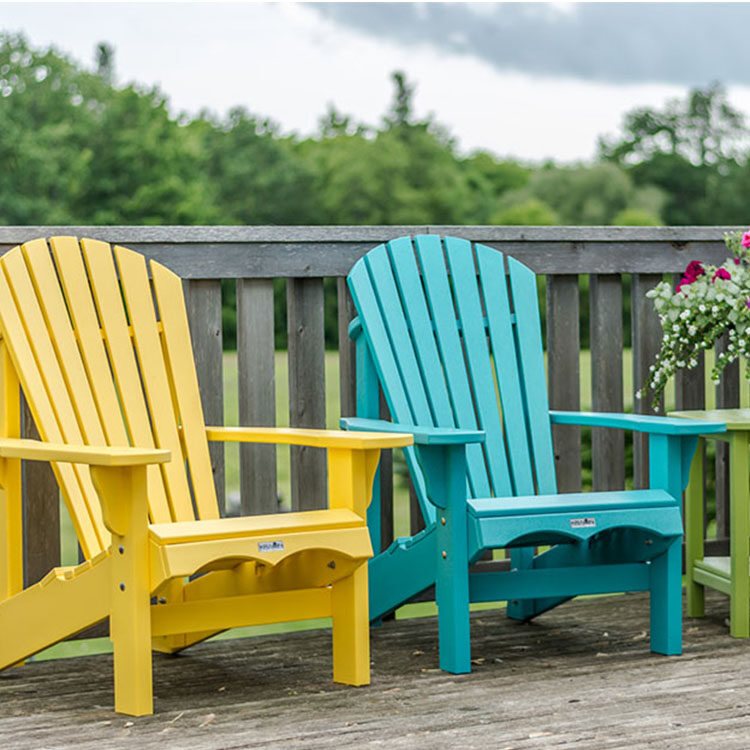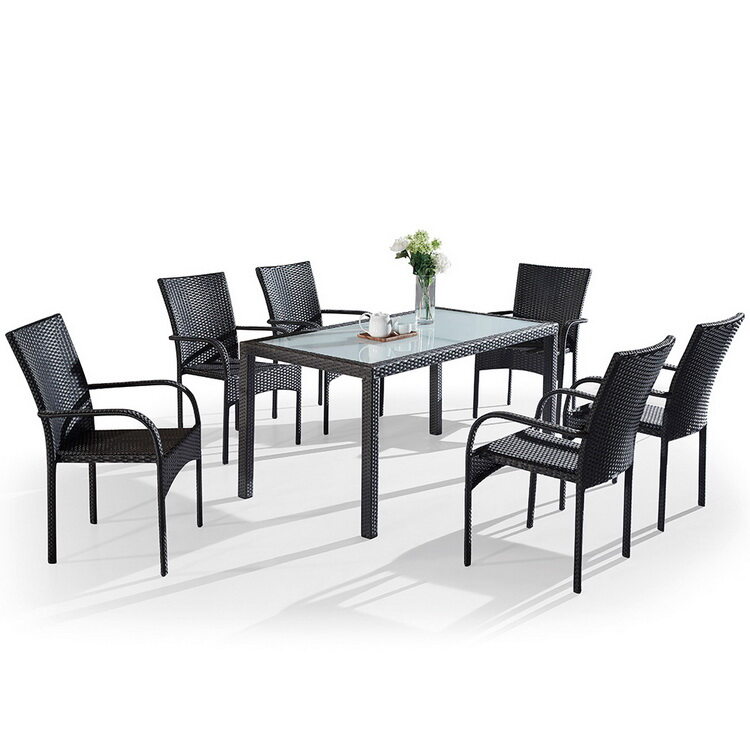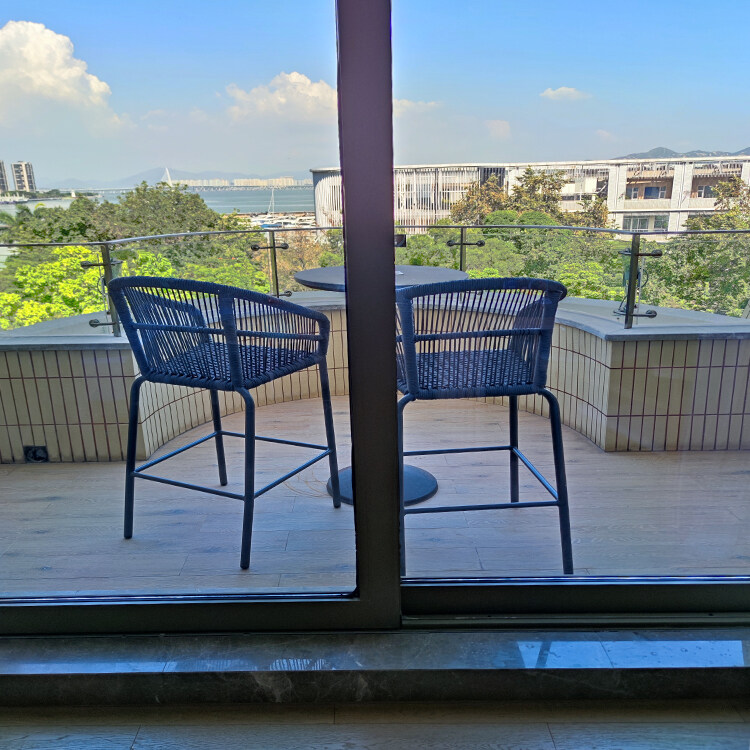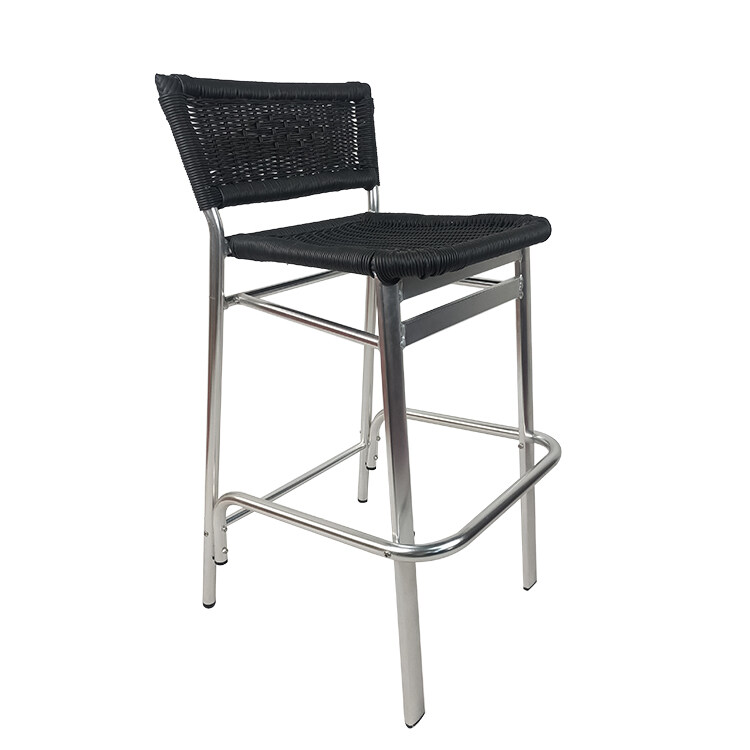When selecting furniture, especially for outdoor or casual indoor spaces, rattan and cane chairs often come into consideration. Both materials are celebrated for their natural look and durability, yet they have distinct differences in terms of origin, processing, and use. Understanding these differences can help in making an informed choice for your home or business. This article will delve into the specifics of rattan and cane, highlighting their unique characteristics, benefits, and ideal uses.
Understanding Rattan
What is Rattan?
Rattan is a type of climbing palm native to tropical regions of Africa, Asia, and Australasia. It belongs to the Arecaceae family, which also includes palms. Rattan vines can grow to be hundreds of meters long, making them ideal for weaving and furniture building.
Characteristics of Rattan
Rattan is known for its robust and flexible nature. Here are some key characteristics:
Durability: Rattan is incredibly strong, capable of withstanding heavy use and weight.
Flexibility: Despite its strength, rattan is flexible and can be bent into various shapes, making it ideal for furniture design.
Texture: It has a natural, slightly rough texture that adds to its aesthetic appeal.
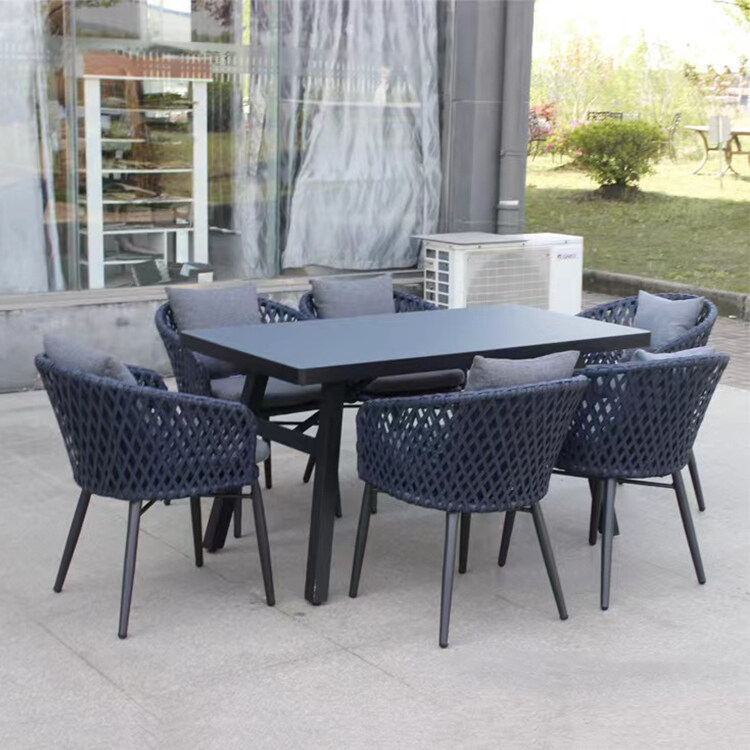
Processing of Rattan
The processing of rattan involves several steps:
Harvesting: Rattan vines are harvested from tropical forests. This process must be sustainable to prevent deforestation.
Drying: After harvesting, the vines are dried to remove moisture.
Cleaning: The dried rattan is cleaned to remove any dirt or debris.
Splitting and Shaping: The rattan is then split and shaped according to the design requirements.
Uses of Rattan
Rattan is mostly utilized in furniture manufacturing, particularly for chairs, tables, and storage units. It is also used for making baskets, mats, and other decorative items.
Understanding Cane
What is Cane?
Rattan is mostly utilized in furniture manufacturing, particularly for chairs, tables, and storage units. This outer layer is smooth and glossy, making it different from the core of the rattan vine.
Characteristics of Cane
Cane shares some characteristics with rattan but also has distinct features:
Smooth Surface: Cane has a smooth, glossy surface which makes it visually appealing.
Strength: Like rattan, cane is strong and durable but is typically used in thinner strips.
Flexibility: Cane is also flexible, allowing it to be woven into various patterns.
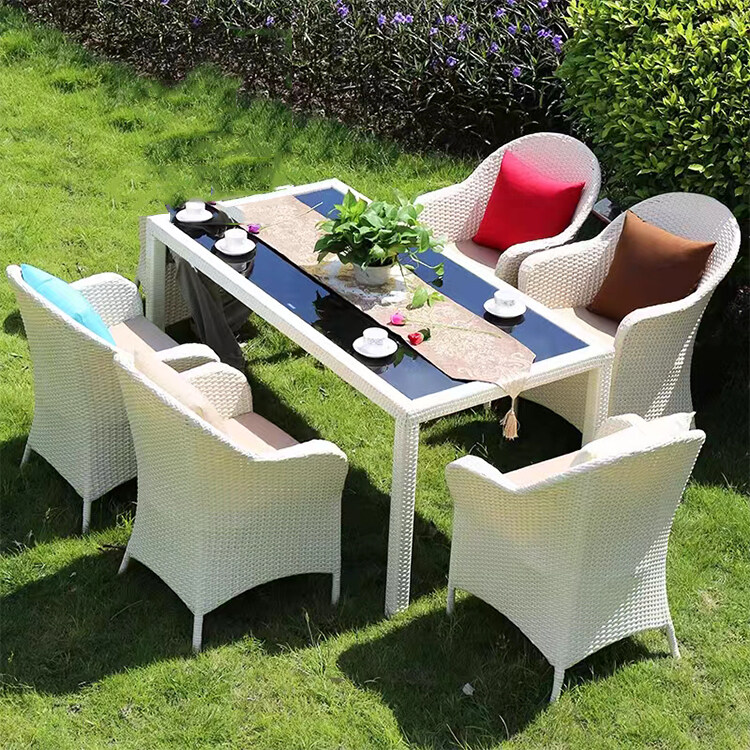
Processing of Cane
The processing of cane is similar to that of rattan but involves additional steps:
Stripping: The outer layer of the rattan vine is stripped away.
Smoothing: The stripped cane is then smoothed to enhance its natural gloss.
Splitting: The cane is split into thin strips suitable for weaving.
Uses of Cane
Cane is primarily used for weaving seat surfaces, the back of chairs, and other furniture parts. It is also used for making wickerwork, decorative items, and even to manufacture some musical instruments.
Comparing Rattan and Cane
Appearance
Rattan and cane have distinct visual differences:
Rattan: Rattan has a rougher, more textured appearance. It often retains its natural look and can be stained or painted to match various decors.
Cane: Cane, with its smooth and glossy finish, offers a more polished look. It is usually found in natural tones but can also be dyed.
Durability
Both rattan and cane are durable, but their applications vary:
Rattan: Due to its thickness and robustness, rattan is used for the structural components of furniture.
Cane: Cane is more suitable for decorative elements and seating surfaces due to its flexibility and smoother texture.
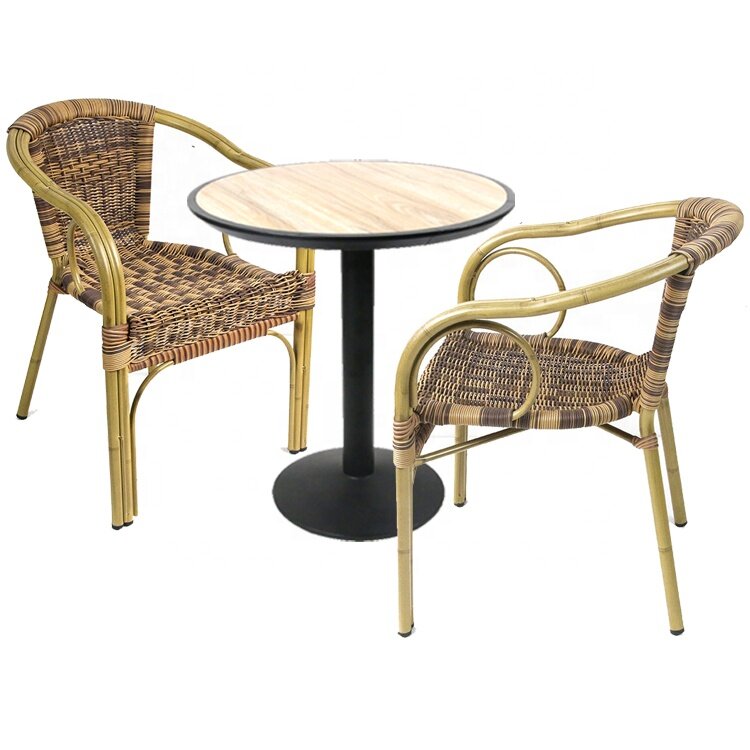
Maintenance
Maintaining rattan and cane furniture involves regular cleaning and care:
Rattan: Requires occasional dusting and wiping with a damp cloth. It should be kept away from excessive moisture and direct sunlight to prevent damage.
Cane: Also needs regular dusting and can be cleaned with a damp cloth. However, cane is more sensitive to moisture and should not be soaked.
Comfort
Comfort is another factor where rattan and cane differ:
Rattan: Rattan furniture tends to be more rigid and may require cushions for added comfort.
Cane: Cane seating is generally more flexible and comfortable, conforming to the body’s shape.
Factors to Consider Choosing Between Rattan and Cane Chairs
When choosing between rattan and cane chairs, consider the following factors:
Intended Use: For outdoor or heavy-duty furniture, rattan may be the better choice. For indoor furniture with a more refined look, cane could be ideal.
Aesthetic Preferences: Choose rattan for a natural, rustic look and cane for a polished, elegant appearance.
Comfort Needs: Consider cane for naturally comfortable seating and rattan with added cushions for comfort.
Maintenance: Both materials require regular care, but cane might need more attention to avoid moisture damage.
Conclusion
Rattan and cane are both excellent materials for making chairs, each offering unique benefits. Understanding these distinctions will allow you to make an informed purchase, ensuring that your furniture not only satisfies your functional requirements but also compliments your style.




 English
English
 Español
Español

